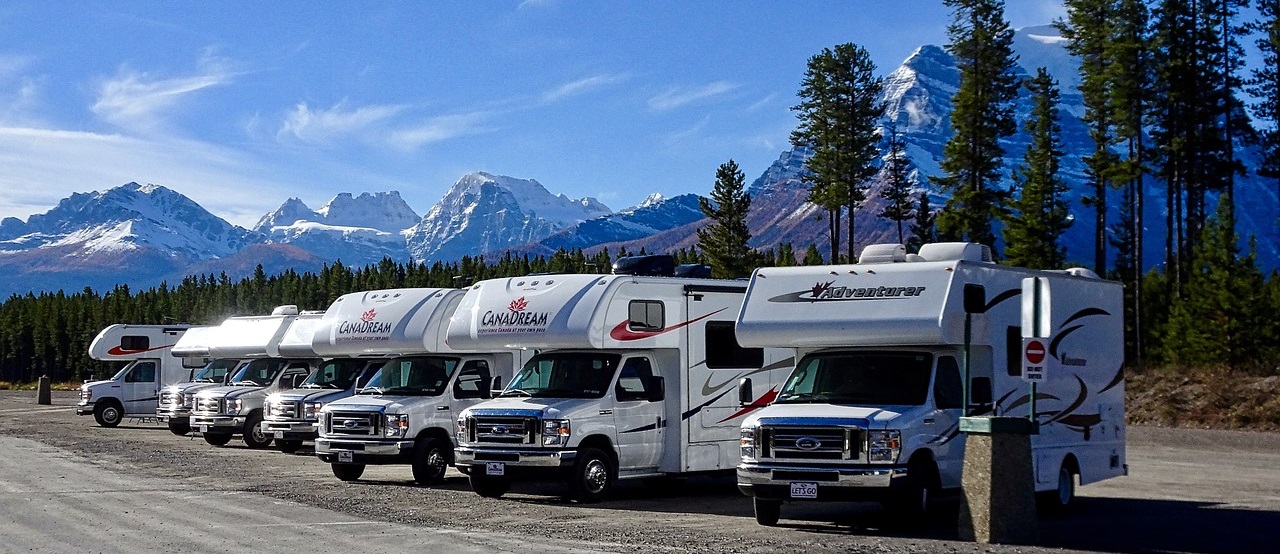
When winter looms, your RV’s heat is always looking for a chance to escape. That’s especially true in spaces like your RV windows and, as most RV owners learn, the underbelly. Why is the bottom of your RV so important to insulate, and what are some strategies you can employ to make sure that you lose as little heat as possible? Here’s how to insulate an RV underbelly.
Adding to Your Insulation
The first step is to help control the heat your RV already has. That means improving insulation. The less efficient you make it for temperature to exchange between the RV underbelly and the outside weather, the more you’ll hold on to the heat already present.
Some RV experts recommend adding foam board insulation to your RV underbelly in the winter. These boards are typically available at home supply outlets and hardware stores and come in a range of thicknesses. While it might seem as though this isn’t a good idea for the winter, you can secure moisture-resistant foam board for the inside of your RV that will help you add to the insulating qualities with minimal interruption to the flow of your RV.
Additionally, don’t forget that heat escapes in other areas, so you can support your insulation by making sure your windows and doors are properly insulated from the cold. The more heat that these areas trap, the more you can afford to lose through the bottom, and vice versa. Although it’s important to keep your RV bottom protected, keep in mind that your goal should be to build a well-insulated RV system as a whole.
Alternative Methods of Insulating an RV Underbelly
When you add insulation to your RV underbelly in the form of foam board insulation, you’ll have made a major step to controlling its heat. But you can do more. Here are a few other methods that RV owners frequently employ:
- Skirting your RV rig. Adding a protective skirt around the RV helps trap out some of the cold, preventing one major source of heat removal—free-flowing wind—from doing as much damage as it otherwise could. While this is only a mild form of insulation, the protection it affords the underbelly means that you won’t have cool air moving through and taking as much heat from the bottom of your RV.
- Insulating bubble foil. If you have any spots near the underbelly of your RV that are in need of additional insulation, consider bubble foil. This is effective for “spot insulation” that will help prevent more warm air from escaping.
Your RV shouldn’t be a liability come wintertime. Instead, when properly insulated, it should be able to hold on to even small amounts of heat as efficiently and effectively as possible. To help ensure that your RV is in good enough shape to fight the cold, continue browsing RV by LIFE for all the RV products you need.

